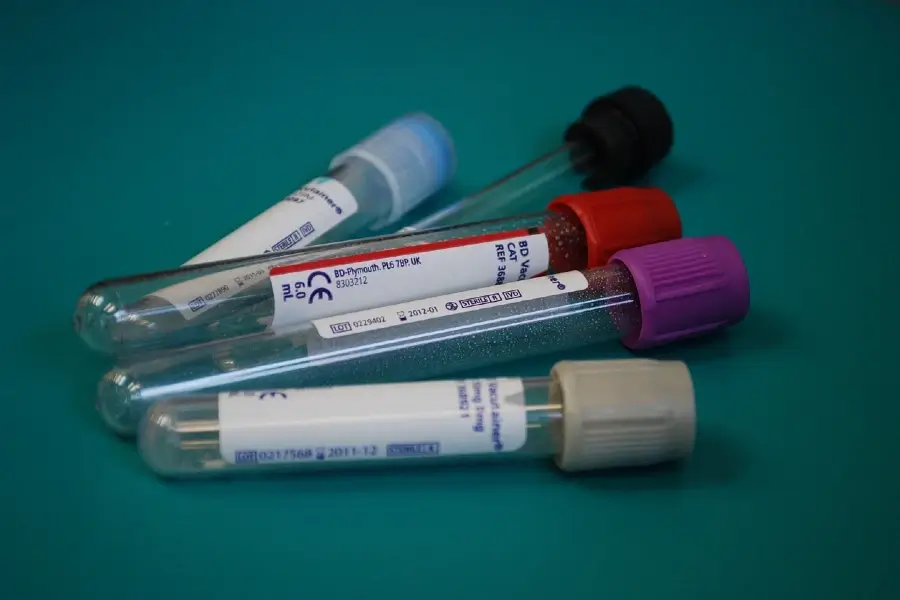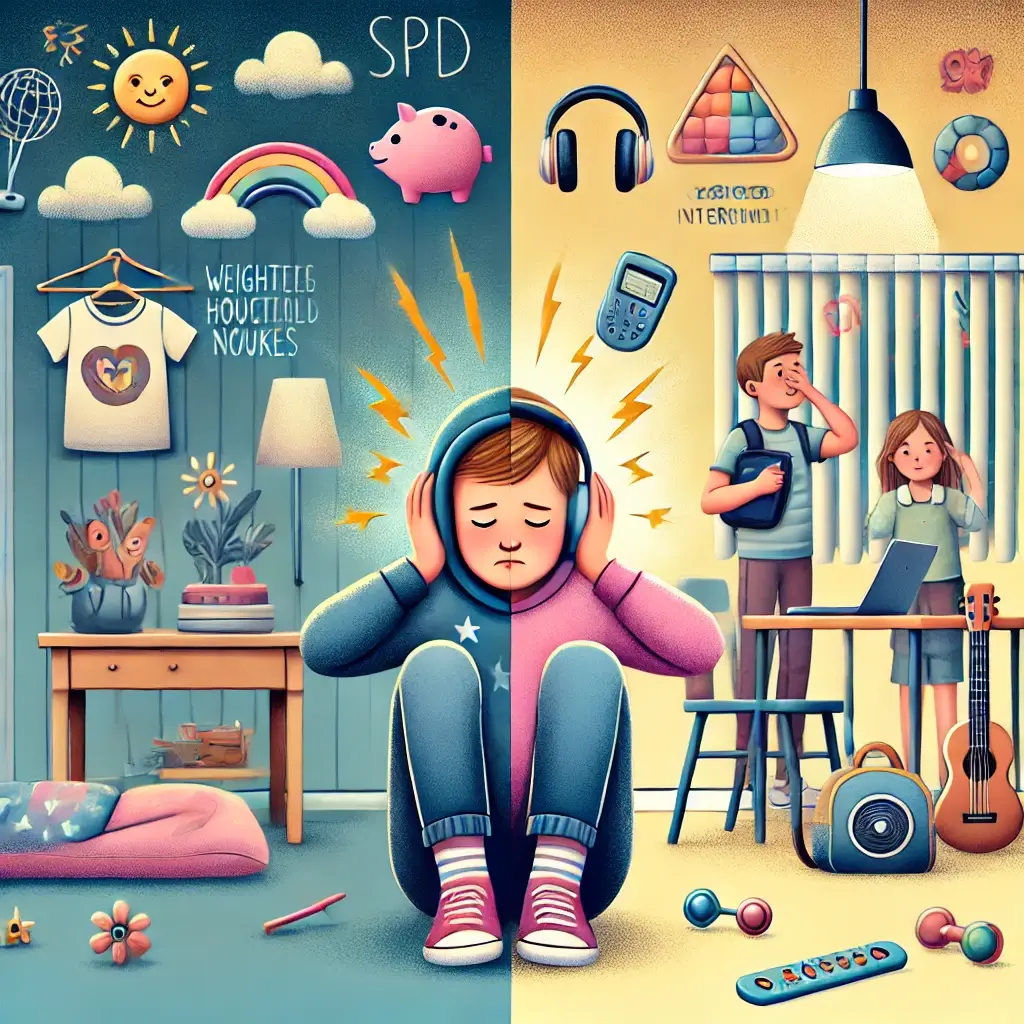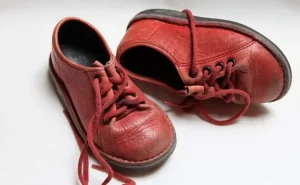Pediatric Acute Myeloid Leukemia (AML)
Pediatric acute myeloid leukemia (AML) is a cancer in which the bone marrow produces a large number of abnormal blood cells. These abnormal cells cannot function properly and may crowd out normal blood cells, resulting in various symptoms and outcomes. Here’s some critical information about pediatric AML:
It is the second most common kind of juvenile leukemia, accounting for around 20% of cases.
The median age of diagnosis is seven years.
Boys are somewhat more likely to get AML than girls.
The five-year survival rate is approximately 70%.
Causes and Risk Factors:
The exact cause of pediatric AML is unknown, although several risk factors can increase a child’s chances of developing the illness. This includes:
- Genetic factors: Some children are born with genetic mutations that make them susceptible to AML. Radiation and chemotherapy can damage the DNA of blood cells, raising the risk of cancer.
- Down syndrome: Children with Down syndrome are more prone to get AML.
- Certain medical disorders: While the exact causes of AML are unknown, certain medical conditions have been identified as potential risk factors for developing the disease.
Neurofibromatosis is another medical condition associated with an increased risk of acquiring AML.
Fanconi anemia is a rare genetic disease that reduces the body’s ability to repair damaged DNA. People with this syndrome are more susceptible to developing AML and other malignancies.
Neurofibromatosis is another medical condition associated with an increased risk of acquiring AML. This hereditary disorder affects the neurological system, causing tumors to grow along nerves. While most tumors are benign, patients with neurofibromatosis are more prone to acquire AML and other cancers.
In addition to these specific medical conditions, several risk factors can increase the likelihood of developing AML. These include benzene exposure and a history of radiation therapy or chemotherapy. AML is more common in older people.
While it is not always possible to avoid AML, understanding these risk factors might help people take action to reduce their risk.
While it is not always possible to avoid AML, understanding these risk factors might help people take action to reduce their risk. This could include avoiding harmful substances, leading a healthy lifestyle, and getting regular check-ups with a healthcare provider.
Individuals with specific medical conditions that increase their risk of developing AML may benefit from ongoing monitoring and early detection.
Symptoms:
The symptoms of juvenile AML vary with the severity of the disease. Some common symptoms include:
- Symptoms may include weariness, weakness, pallor, and petechiae (small red skin patches).
- Purpura (large purple bruises) may cause bleeding, fever, and infections.
Diagnosis:
A variety of assays are used to diagnose pediatric AML, including:
Complete blood count (CBC):
- This test reveals the number and type of blood cells.
- A bone marrow biopsy is a technique in which a small sample of bone marrow is removed and examined under a microscope.
- The cytogenetic analysis identifies chromosomal abnormalities in bone marrow cells.
Flow cytometry:
- This test determines what type of leukemia cells are present.
Pediatric AML treatment is governed by various factors, including the child’s age, type of AML, and disease severity.
Treatment:
Pediatric AML treatment is governed by various factors, including the child’s age, type of AML, and disease severity. Common treatments include:
Chemotherapy is the primary therapeutic option for AML. It uses powerful drugs to kill cancer cells.
Stem cell transplantation: This procedure replaces the child’s bone marrow with healthy bone marrow from a donor.
Targeted therapy: This treatment method uses drugs to target specific mutations in cancer cells.
Radiation therapy: This treatment employs high-energy beams to target cancer cells.
Prognosis:
The prognosis for children with AML has improved dramatically in recent years. The 5-year survival rate currently exceeds 70%. However, the prognosis varies depending on several factors, such as the child’s age, the kind of AML, and the severity of the sickness.
Additional Resources:
National Cancer Institute: https://www.cancer.org/cancer/types/acute-myeloid-leukemia.html
The Leukemia and Lymphoma Society: https://www.lls.org/leukemia/acute-myeloid-leukemia/children-aml
Mayo Clinic: https://www.cancer.gov/types/leukemia/hp/child-AML-treatment-pdq
Recognizing that this information is not a substitute for medical advice is crucial. If you have any questions or concerns about pediatric AML, please speak with your child’s doctor.













